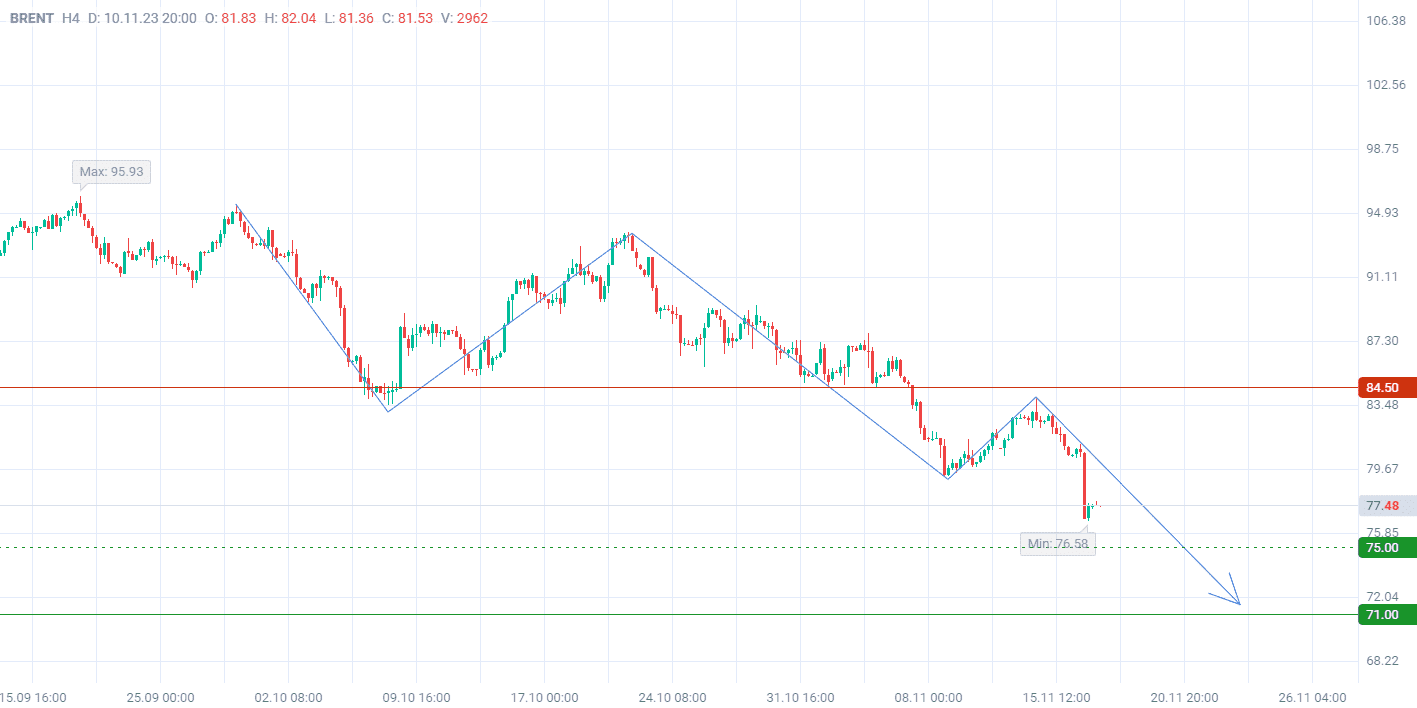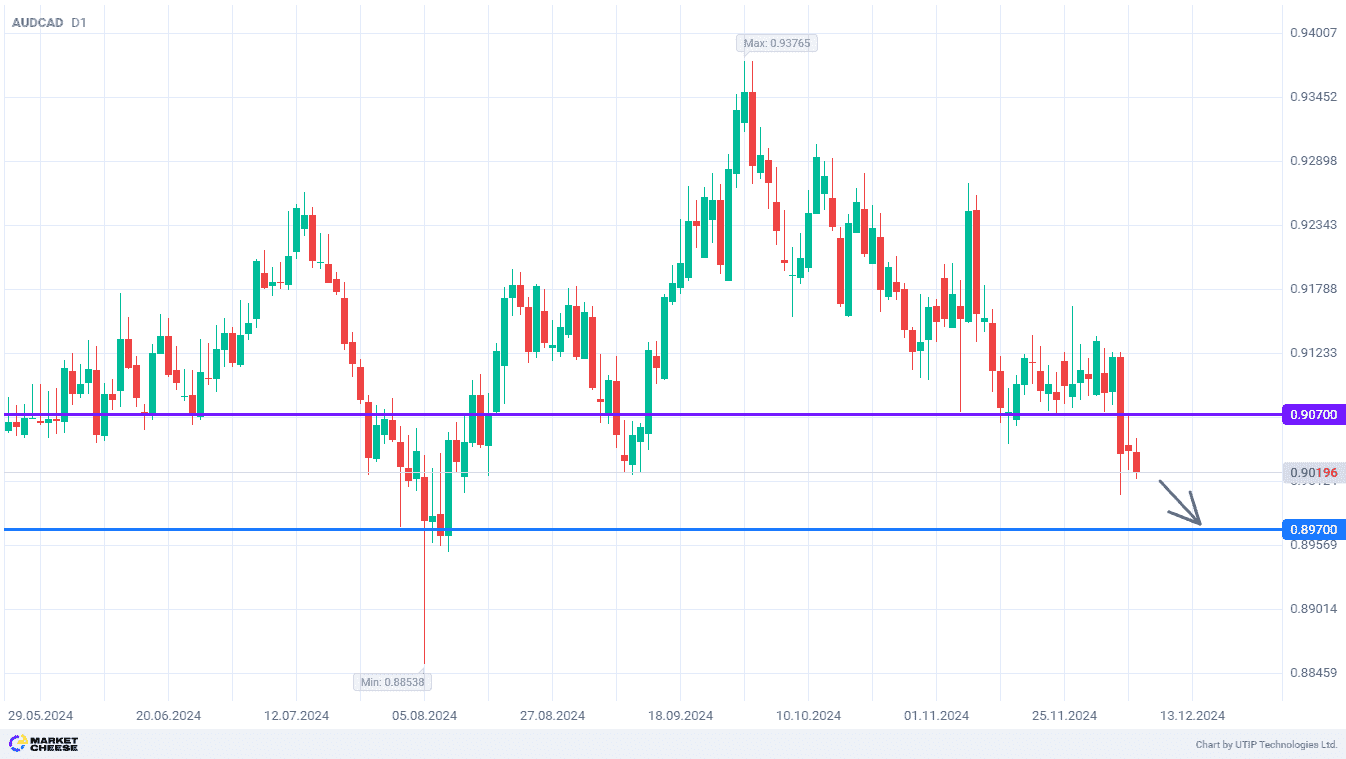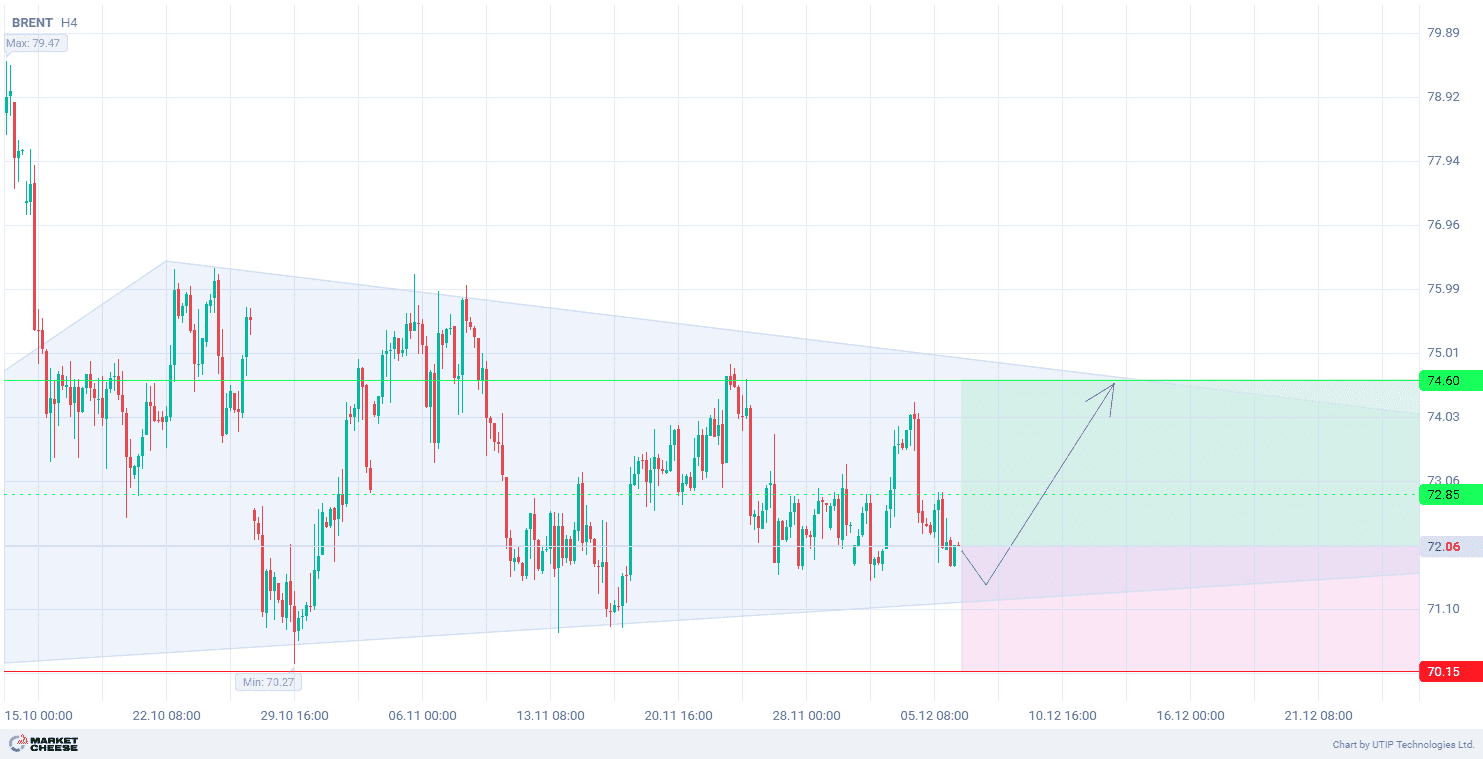On Friday, oil traded down for the fourth week in a row. A day earlier, the price of black gold fell about 5% to a four-month low on worries over global demand.
The fundamentals didn’t put as much pressure on the commodities market as Reuters analysts had anticipated. Still, the fact that the price broke below $80 per barrel could lead to a rise in fuel sales.
In its latest monthly report, the International Energy Agency (IEA) raised its forecast for oil demand growth this year by 100.000 barrels to 2.4 million bpd. At the same time, the Organization of the Petroleum Exporting Countries (OPEC) expects consumption of black gold to increase to 2.46 million bpd.
According to the agency’s forecast, China’s energy demand will grow by 1.8 million bpd in 2023. However, there is a significant discrepancy between the country’s total demand and its import levels.
Moreover, there is a problem with oil consumption. Published economic data from a number of countries this week showed a decline in fuel demand.
According to the analytical agency JPMorgan, in the first half of November, demand averaged 101.6 million bpd, 200,000 bpd lower than its projection for the month.
As stated by ING experts, the recent drop in prices is also likely to make Saudi Arabia extend its additional voluntary oil output cut into 2024.
Brent crude oil prices are forming a downtrend on the D1 timeframe.
In terms of wave analysis, the price is forming the fifth descending wave on the H4 timeframe. The current wave is aiming for the yearly low set in March at 70.11.
Signal:
The short-term outlook for Brent crude oil is to sell.
The target is near the level of 71.00.
Part of the profit should be fixed near the level of 75.00.
A Stop-loss should be placed near the level of 84.50.
The bearish trend is of a short-term nature, so it is suggested to limit the trading volume to no more than 2% of your capital.










